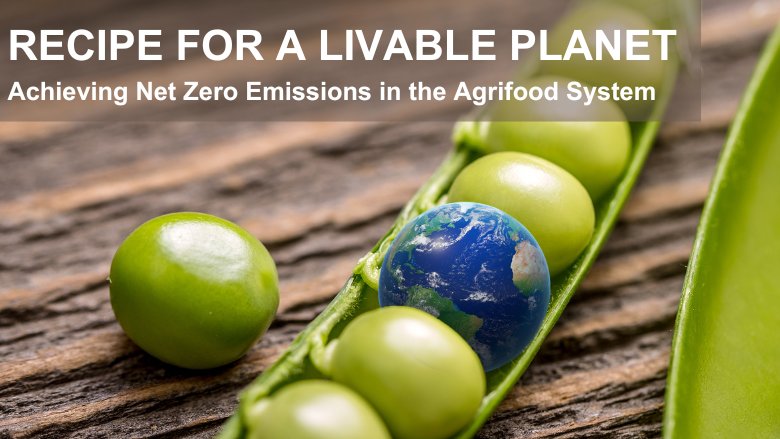Recipe for a Livable Planet is the first comprehensive global roadmap for mitigating the agrifood system¡¯s contributions to climate change. It shows how the agriculture system that produces the world¡¯s food can cut greenhouse gas emissions while continuing to feed the world.

